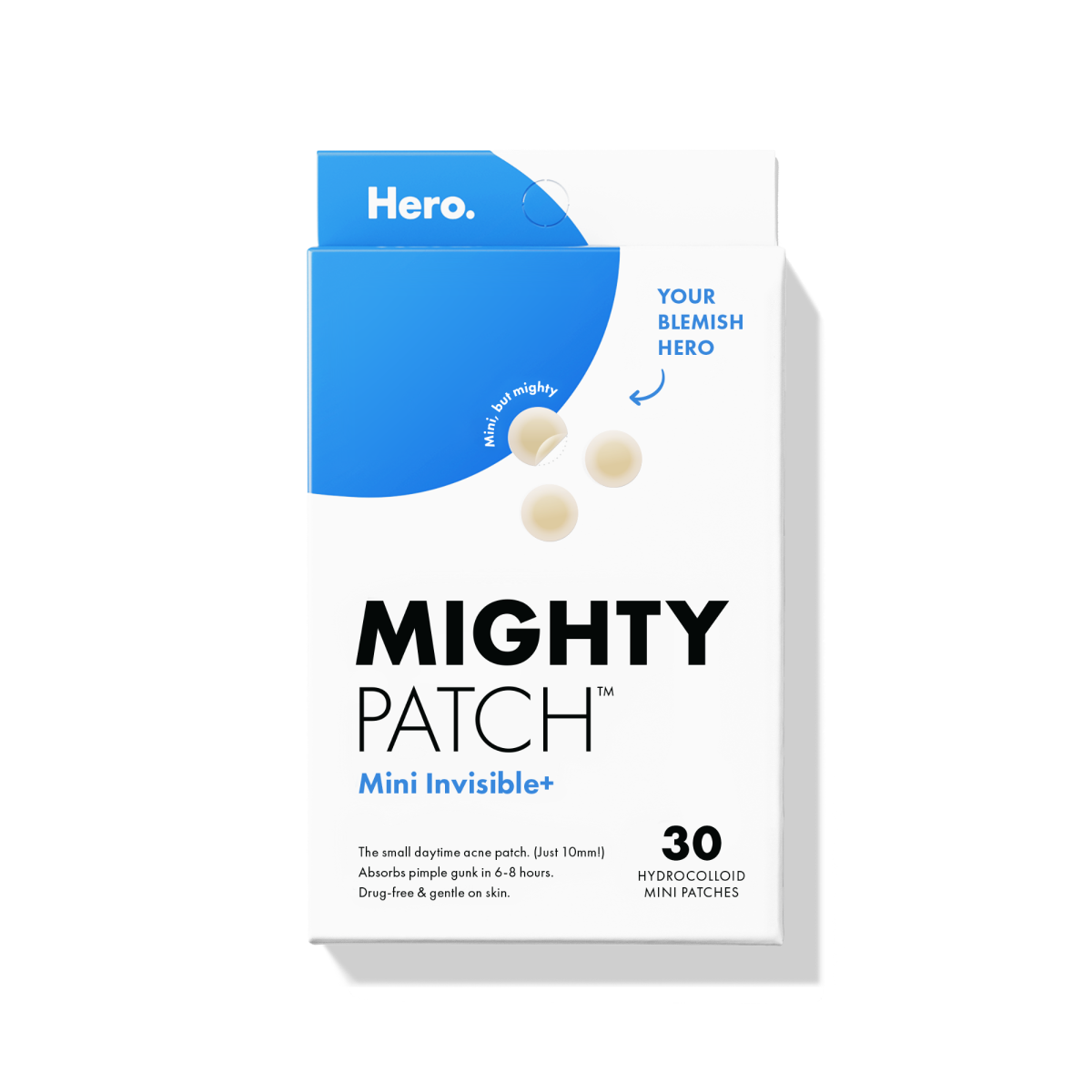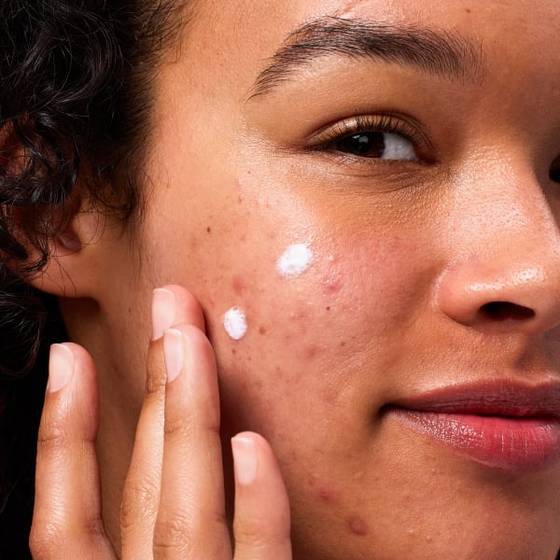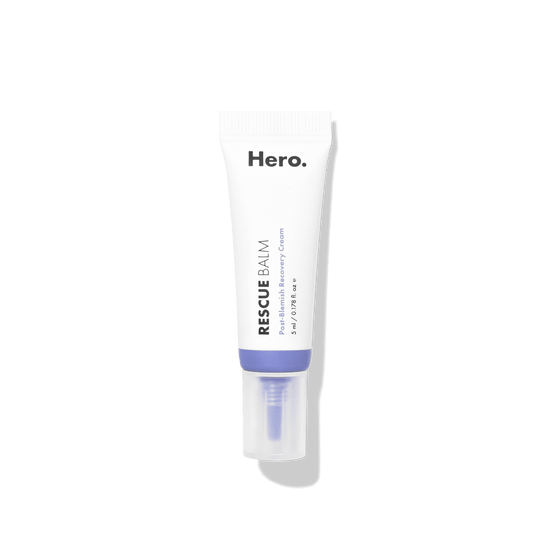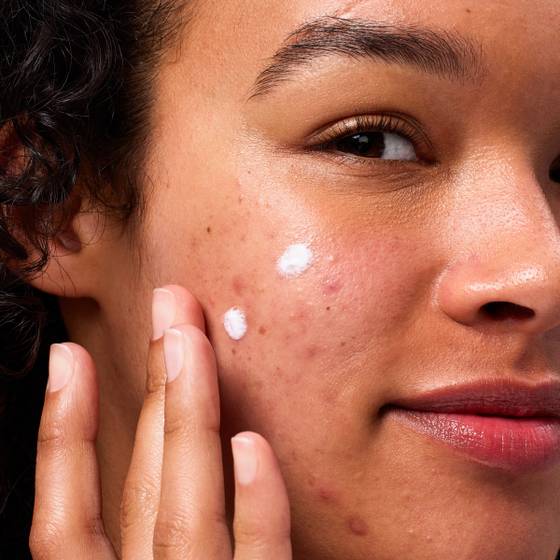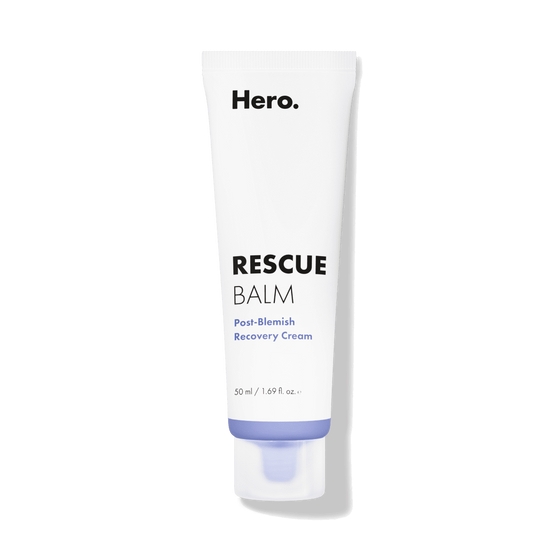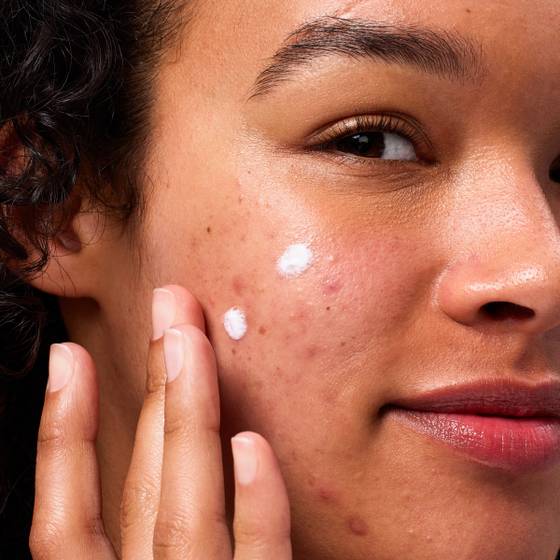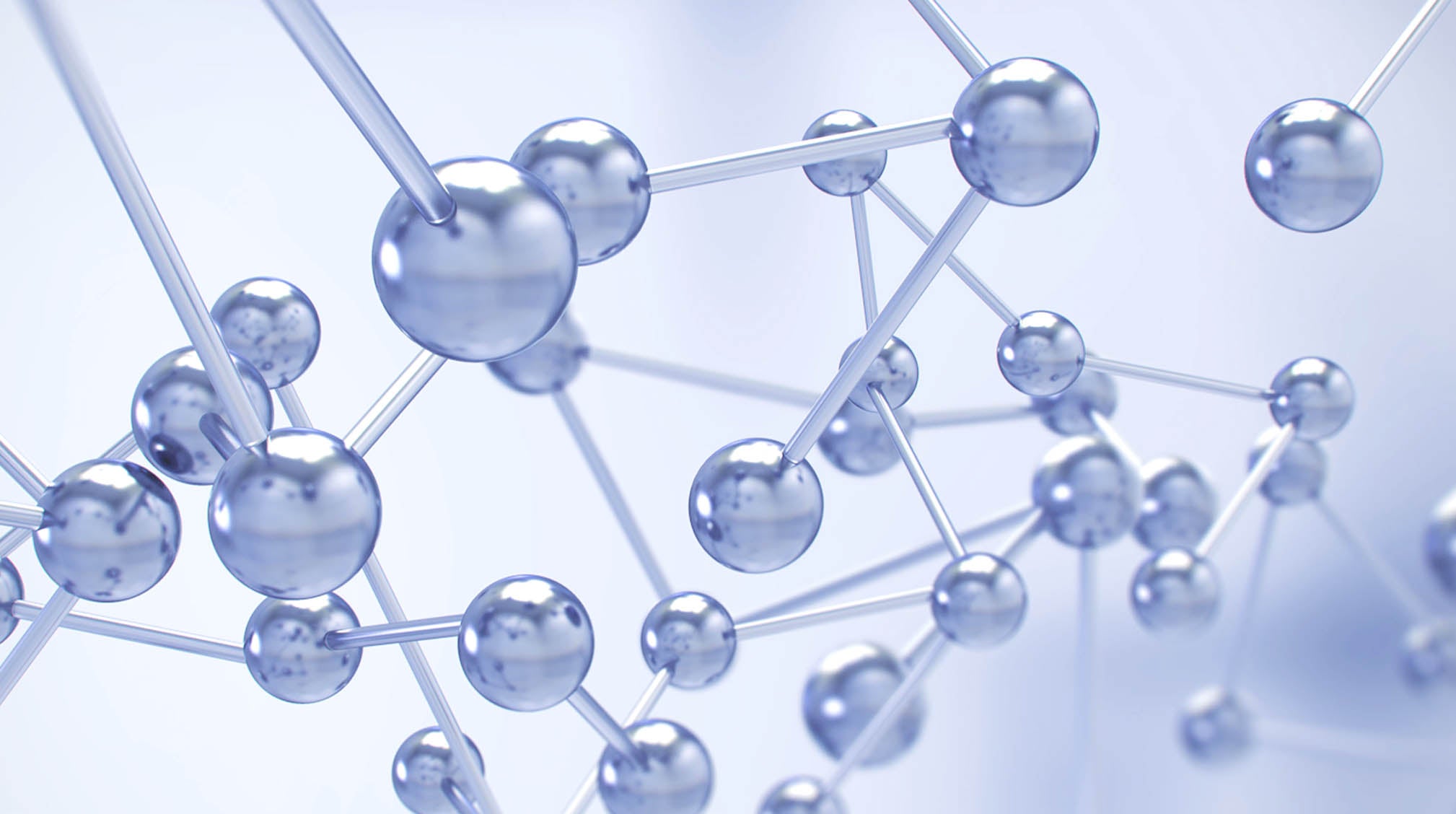
By now, you’ve probably heard of peptides and seen them featured on your skincare labels, especially on anti-aging products. But if you’re anything like me, when the discussion turns to oligopeptides, proteins, amino acids and polypeptides, you start sweating like you’re 18 again and about to take a Chemical Biology pop quiz.
Fortunately, we’ve done our research, consulted the experts and are here to break it all down for you (pun intended), so you can get a better understanding of these buzzy ingredients and components and how they work in skin care.
What is a peptide?
Let’s start at the top. Peptides are basically the building blocks that make up protein. Like proteins, peptides are chains of two or more amino acids held together by peptide bonds (AKA amide bonds). They are smaller than proteins, but when peptides link together, they become the basis for proteins. In skin care, peptides prompt your cells to produce more collagen, which is the most abundant protein in the skin. That’s why you will often find them in anti-aging products intended to stimulate collagen production and fight fine lines and wrinkles.
Ok, so what is an oligopeptide?
Peptides can be divided into two subcategories: oligopeptides, which have few amino acids (between two and 20), and polypeptides, which have many amino acids (20+). It’s important to note that some brands (and even some researchers) simply use the term peptide to refer to oligopeptides, or any short chain of amino acids.
Why does the length of the chain matter?
Larger polypeptides or proteins cannot be directly absorbed through the top layer of skin. Smaller peptides, or oligopeptides, are able to get deep into the cellular level when applied topically. “Because large proteins like collagen can't get through the skin barrier, skincare brands have tried to solve that problem by adding short peptide sequences to skincare products,” explains Dr. Papri Sarkar, a practicing dermatologist in the Metro Boston area at Northeast Dermatology Associates.
Benefits of oligopeptides for skin
“Studies have shown that some oligopeptides in skincare do indeed cause an increase in proteins like collagen and help improve the appearance of fine lines, wrinkling and help to improve volume and plumpness of the skin,” Sarkar elaborates.
While all peptides work slightly differently, the benefits don’t stop at collagen production. Oligopeptides can also:
-
Stimulate skin growth and repair: Certain types of oligopeptides, such as palmitoyl oligopeptide and palmitoyl tetrapeptide-7, send a signal to the skin to repair itself when needed. For example, they can help trigger healing for the red, oozy, scaly situation that typically happens after a pimple has popped.
-
Increase hydration: “As collagen decreases, you are more likely to see loss of firmness, dullness, fine lines, discoloration and overall dryness,” explained Sarkar. More collagen from peptides = plumper, well hydrated skin.
- Fight inflammation: As antioxidants in peptides help to calm and soothe skin, inflammation is reduced.
- Protect against free radicals: Since oligopeptides help to build up skin cells, they are essentially strengthening the skin barrier and increasing protection against UV damage and other environmental intruders.
Who should use oligopeptides?
“In theory, any age can benefit from oligopeptides in their skin care, but people in their thirties and older will reap more benefits,” notes Sarkar. “As we get older, our collagen breaks down faster than we replenish it, so having more signals around to help us build collagen is very helpful.”
Peptides are generally well tolerated by all skin types and are even deemed safe for use during pregnancy (but always check with your ob-gyn first).
RELATED READ: What to Expect While You’re Expecting: Acne Version
How to use oligopeptides
According to Sarkar, “peptides work well in serums, masks, creams or anything that stays on the skin for a period of time so it has a higher chance of entering the skin barrier. In addition, sometimes serums with peptides are applied to the skin after procedures like laser or microneedling to help increase penetration.”
Buyer beware: The tricky thing about peptides is that any short chain of amino acids is technically considered a peptide and “most brands have a proprietary peptide and don't share which exact peptide is in their product (for fear of copycats),” Sarkar explains. “So you almost never know which peptide you're getting – one that works or one that just adds expensive amino acids to your bottle.”
We recommend choosing peptides from trusted brands that take a clinical approach to product development or science-based brands that conduct studies.
[[product-ad]]
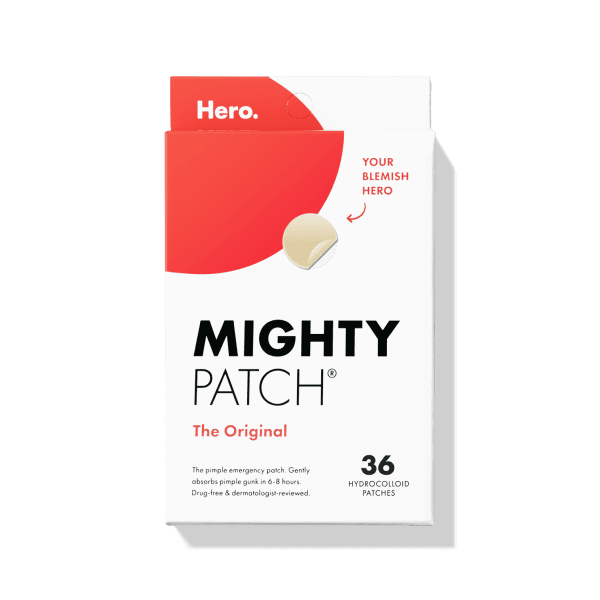
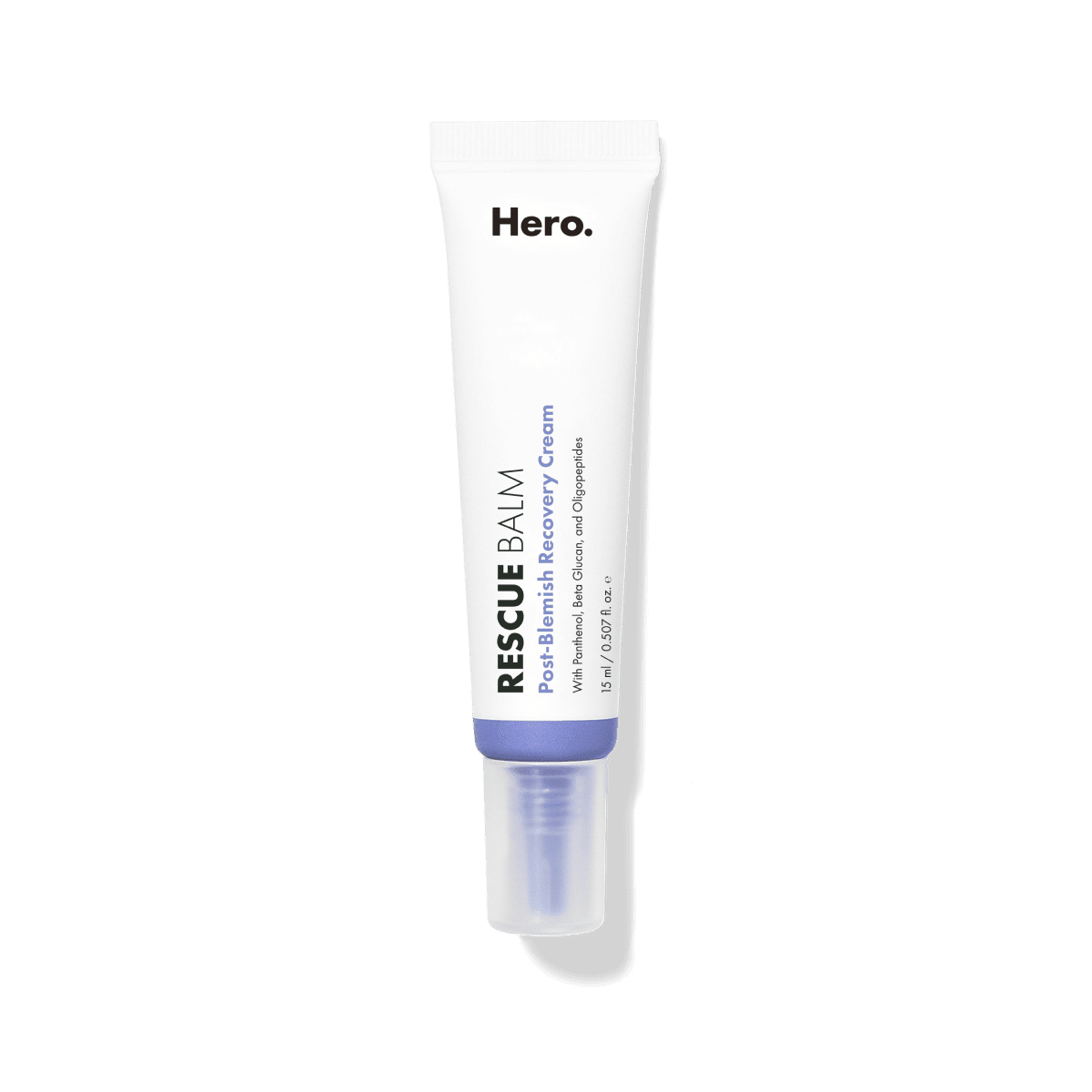
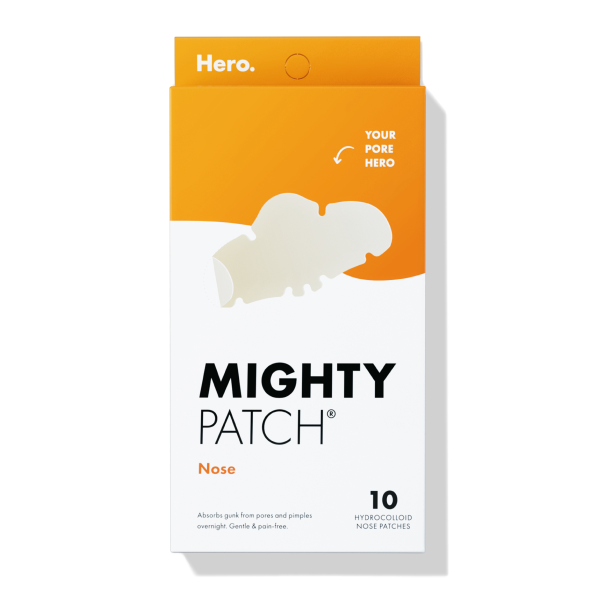
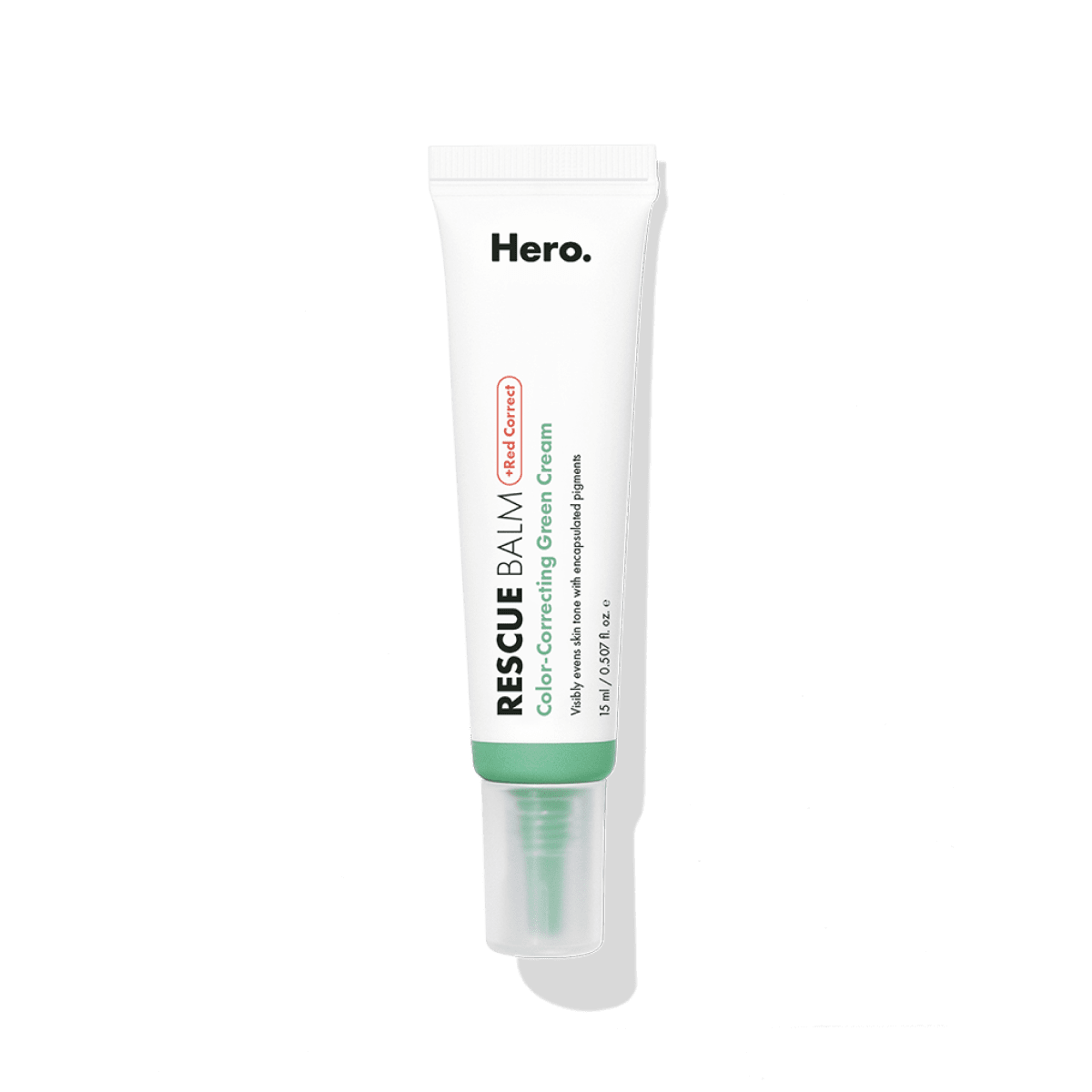
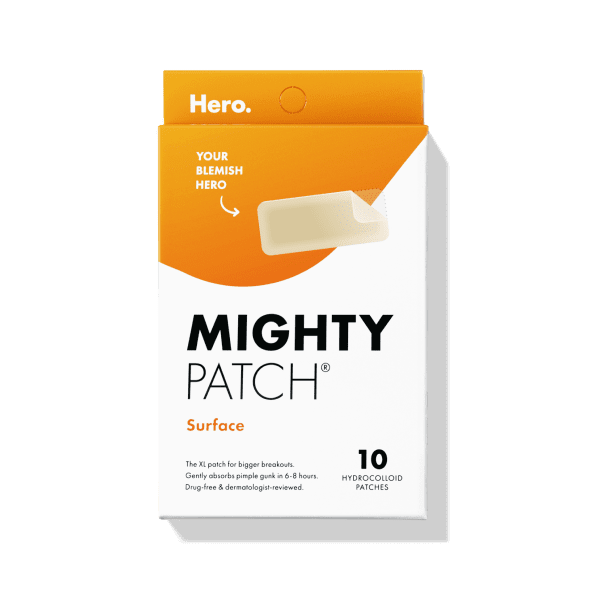
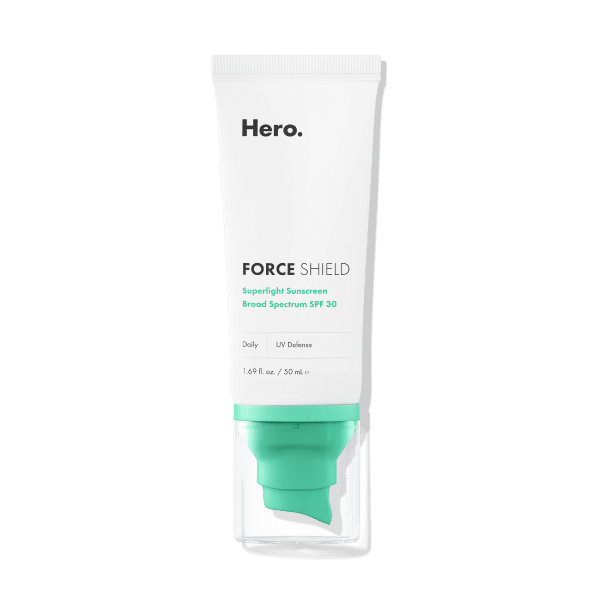
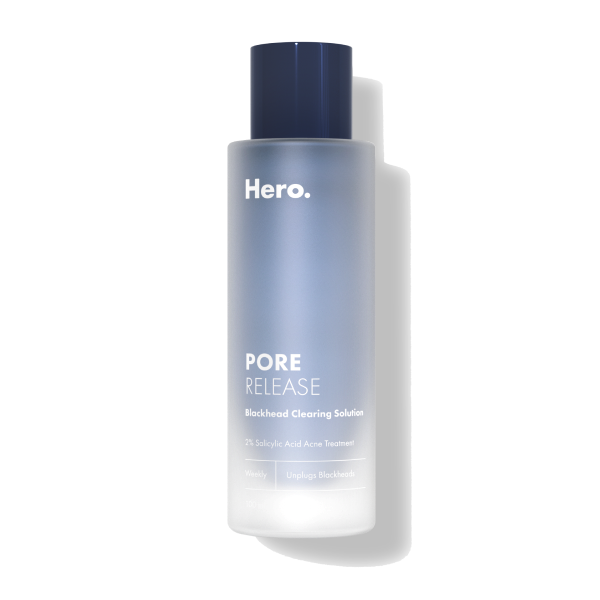
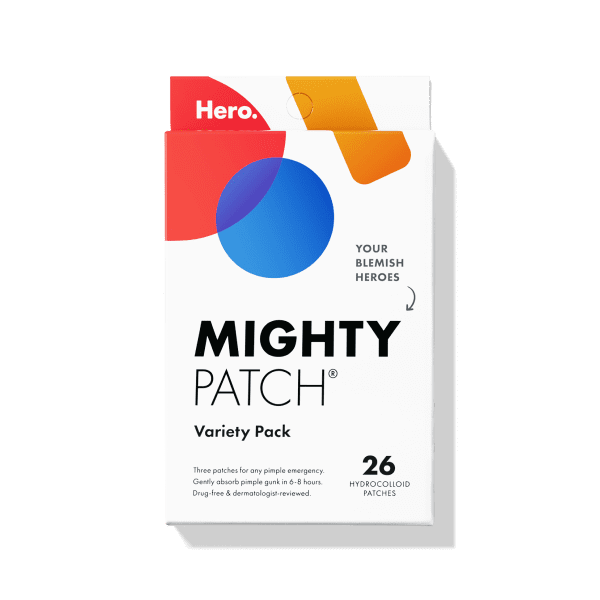
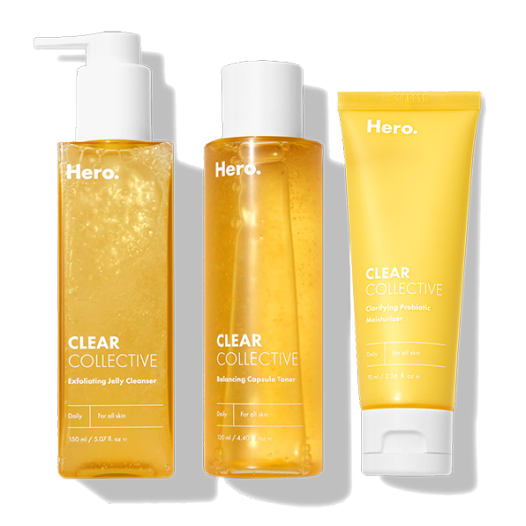
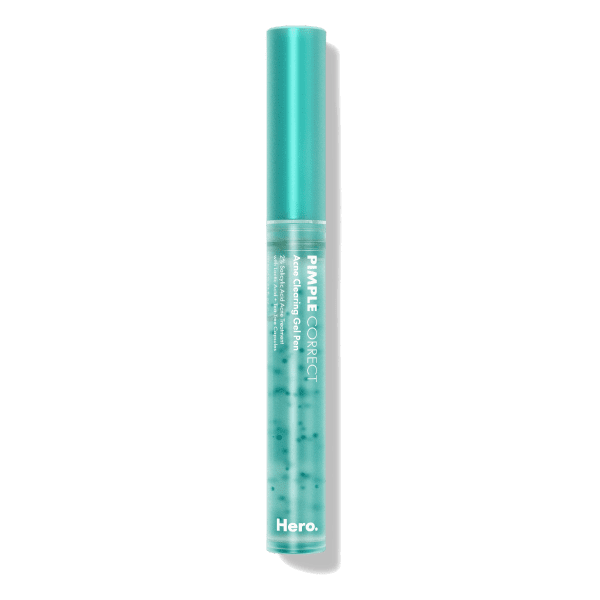
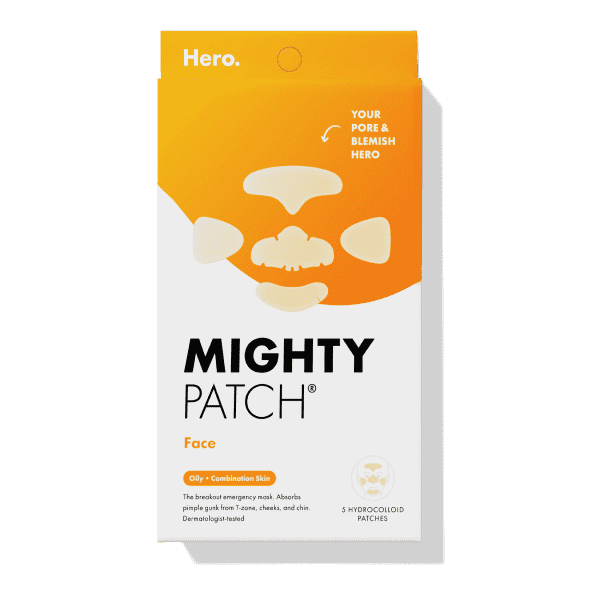
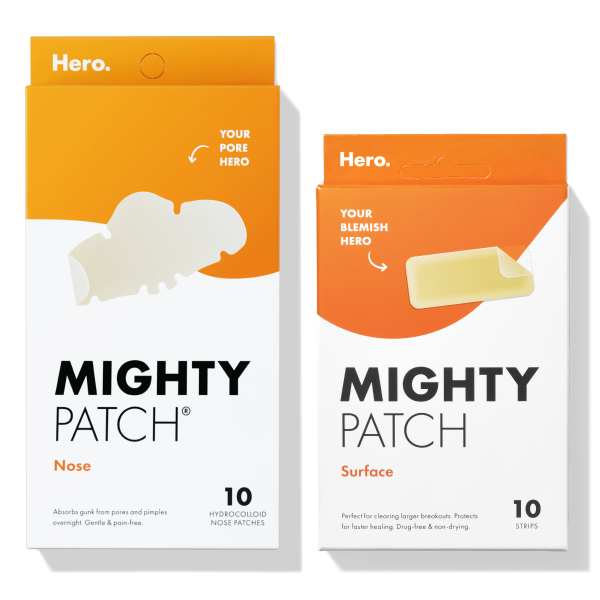
.png?v=1663017252122)
